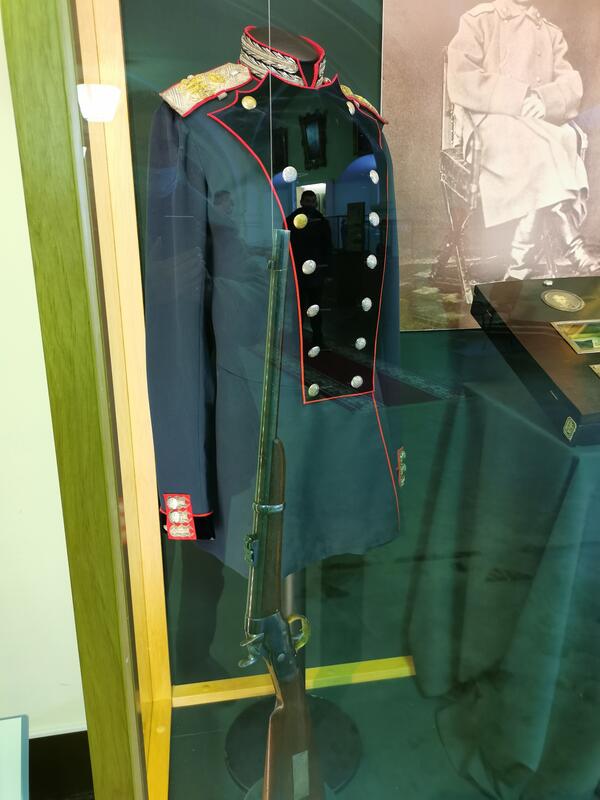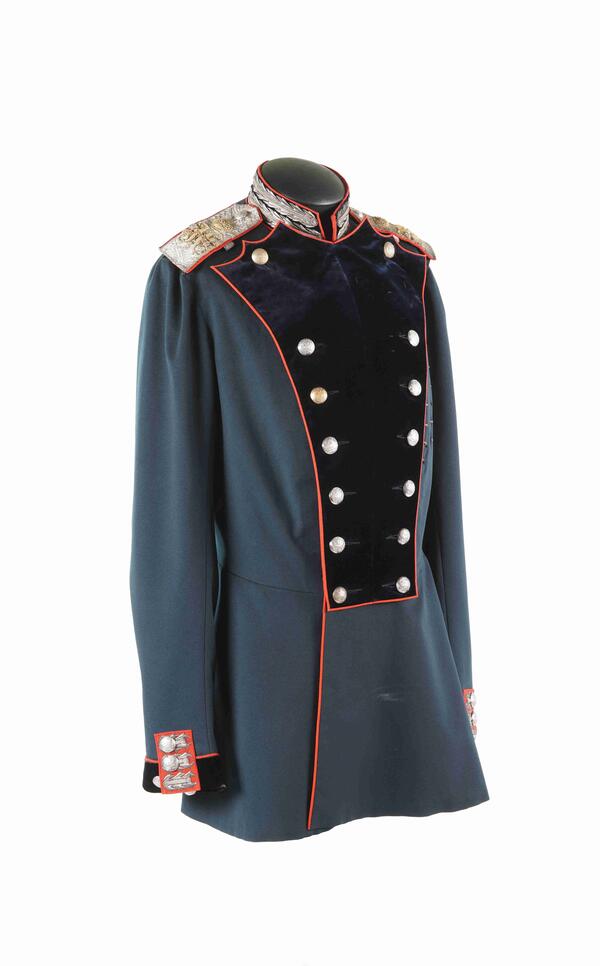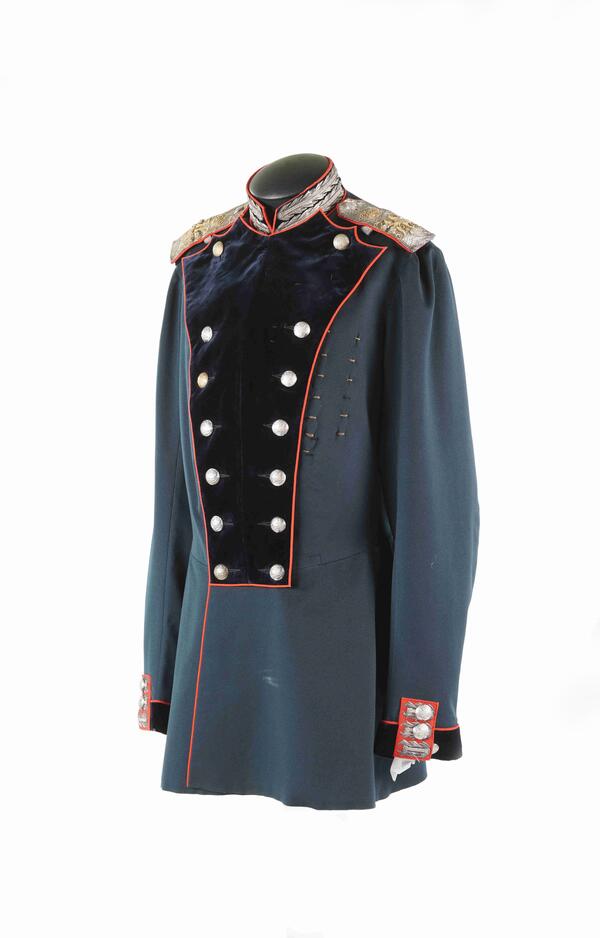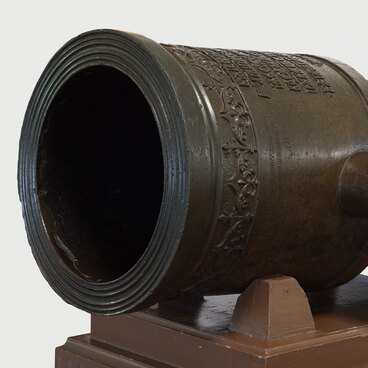On December 27, 1812, Alexander I issued a decree on the formation of the Life Guards Sapper Battalion, which was to include “the best people and excellent officers.”
The sappers (two companies) had to build flèches, bastions and other fortifications, organize anti-personnel fences, and were responsible for repairing bridges and roads. The duties of the miners (two companies) were directly opposite: they were to set selected targets on fire, destroy and render unusable roads, bridges and forts. In addition, the Sapper Battalion trained professional non-commissioned officers for the army.
The new engineer troops consisted of 120 privates and non-commissioned officers from pioneer and miner companies, 600 young recruits and 60 graduates of military orphanages who were considered honest, competent and hardworking.
Uniforms for the new battalion were based on the regimental ones. Crossed sapper axes were featured on the emblem of the engineering troops. They were depicted on shakos under a double-headed eagle. It was brass for officers and tin for soldiers. In 1816, cuirasses and black helmets for conducting work under fire were added to their uniforms.
In 1817, Grand Duke Nikolay Pavlovich was appointed commander of the battalion. Under him, literacy became an obligatory requirement for obtaining the rank of non-commissioned officer, and textbooks on military engineering appeared. The first Russian “Manual” was published: it was a training program that included the service charter and requirements for service both in the field and in a state of siege. Alexander I organized company schools, where future soldiers were taught the theory of sapping and military engineering practices.
The Guards sappers participated in the Russo-Turkish wars of 1828–1829 and 1877–1878, the Polish Campaign of 1831, the Hungarian Campaign of 1849, and the First World War.
For their military achievements, they were presented with headgear badges (“For the Balkans in 1877”) and two St. George trumpets “For Warsaw on August 25 and 26, 1831”. The unique award was the St. George standard with the St. Andrew’s jubilee ribbon “For distinction during the siege and capture of the fortress of Varna in 1828” and “1812–1912” — the only banner of the engineering troops in the history of the Russian army.
In 1853, by decree of Nicholas I, a bronze eagle was installed in front of the battalion’s camp in Peterhof. The inscription on the granite pedestal said, “In honor of the exploits of the L.G. [Life Guards] Sapper Battalion”. Under Alexander I, the monument was moved to the battalion church in St. Petersburg. The monument also became featured on the badge of the battalion.
The sappers (two companies) had to build flèches, bastions and other fortifications, organize anti-personnel fences, and were responsible for repairing bridges and roads. The duties of the miners (two companies) were directly opposite: they were to set selected targets on fire, destroy and render unusable roads, bridges and forts. In addition, the Sapper Battalion trained professional non-commissioned officers for the army.
The new engineer troops consisted of 120 privates and non-commissioned officers from pioneer and miner companies, 600 young recruits and 60 graduates of military orphanages who were considered honest, competent and hardworking.
Uniforms for the new battalion were based on the regimental ones. Crossed sapper axes were featured on the emblem of the engineering troops. They were depicted on shakos under a double-headed eagle. It was brass for officers and tin for soldiers. In 1816, cuirasses and black helmets for conducting work under fire were added to their uniforms.
In 1817, Grand Duke Nikolay Pavlovich was appointed commander of the battalion. Under him, literacy became an obligatory requirement for obtaining the rank of non-commissioned officer, and textbooks on military engineering appeared. The first Russian “Manual” was published: it was a training program that included the service charter and requirements for service both in the field and in a state of siege. Alexander I organized company schools, where future soldiers were taught the theory of sapping and military engineering practices.
The Guards sappers participated in the Russo-Turkish wars of 1828–1829 and 1877–1878, the Polish Campaign of 1831, the Hungarian Campaign of 1849, and the First World War.
For their military achievements, they were presented with headgear badges (“For the Balkans in 1877”) and two St. George trumpets “For Warsaw on August 25 and 26, 1831”. The unique award was the St. George standard with the St. Andrew’s jubilee ribbon “For distinction during the siege and capture of the fortress of Varna in 1828” and “1812–1912” — the only banner of the engineering troops in the history of the Russian army.
In 1853, by decree of Nicholas I, a bronze eagle was installed in front of the battalion’s camp in Peterhof. The inscription on the granite pedestal said, “In honor of the exploits of the L.G. [Life Guards] Sapper Battalion”. Under Alexander I, the monument was moved to the battalion church in St. Petersburg. The monument also became featured on the badge of the battalion.






